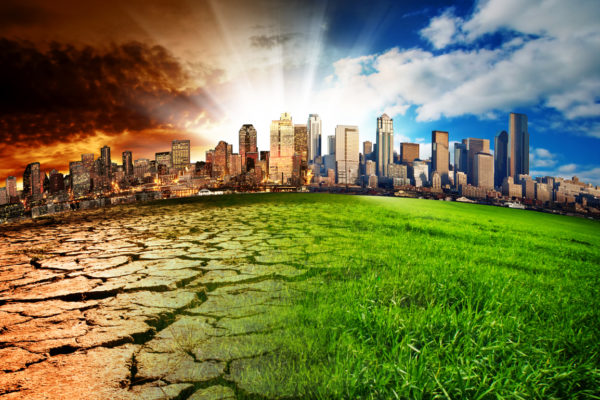We’re feeling the impacts of climate change all around us. Rising temperatures are changing our landscapes and livelihoods. The Great Barrier Reef is suffering from thermal stress that contributes to coral bleaching — more than half of the reef’s coral cover was lost between 1995 and 2017. In July, several European countries were severely affected by floods. Globally, eight of the world’s 10 largest cities are near a coast. And in the United States, almost 40% of the population lives in coastal areas, where sea level plays a role in flooding and land erosion.
Nowhere are climate stressors more obvious than in Texas. Our population is expected to nearly double by 2050, and most of the state has warmed between 0.5 and 1.0 degree Fahrenheit during the past century. We are seeing new diseases spread from tropical areas, and we’re experiencing more extreme weather events such as the winter storm that left two-thirds of Texans without power and almost half without water for an average of more than two days in February.
We need to urgently decrease emissions. And Texas needs a statewide climate adaptation plan.
Rising temperatures are caused primarily by an increase of carbon dioxide (CO2) and other greenhouse gases. CO2 levels have been rising steadily for more than 100 years due mainly to the burning of fossil fuels, trapping more heat in our atmosphere and contributing to climate change.
A special report of the Intergovernmental Panel on Climate Change, which includes climate scientists from around the world, has said that human activities are estimated to have caused approximately 1.0 degree Celsius (1.8 degrees Fahrenheit) of global warming above preindustrial levels. And global warming is likely to reach 1.5 degrees C (2.7 degrees F) between 2030 and 2052 if it continues to increase at the current rate.
This is precisely one of the goals of the United Nations Climate Change conference, or COP26, which has brought world leaders together to tackle climate change. Countries are being asked to set ambitious 2030 emission reduction targets that align with reaching net zero by the middle of the century.
We all need to do our part like a true phase-out of coal, accelerating the switch to electric vehicles and investing in renewable energy. There are positive examples around the world of countries that are heading toward a low-carbon future by embracing solar, wind, geothermal and other renewable energy sources. Texas produces the most wind energy of any state in the United States. The U.S. as a whole has the second highest installed wind energy capacity in the world after China. A clean energy revolution must continue to happen across America, underscored by the steady expansion of the U.S. renewable energy sector.
Not only will setting ambitious emission reduction targets help with climate change, it will also lead to cleaner and more resilient cities and infrastructure systems. Energy systems with high percentages of renewables — or even decarbonized power grids — are better able to resist shocks than those heavily dependent on fossil fuels such as natural gas and coal.
Extreme weather events such as this year’s winter storm, which happened only nine months ago, are expected, and we need to adapt our infrastructure to withstand such stressors. And we especially need to take into consideration vulnerable communities, those that already suffer from chronic stressors related to toxic pollution, poverty, food insecurity, mixed immigration status and gentrification. States and communities around the country have begun to prepare for climate change by developing their own climate adaptation plans, so we have many examples to follow just within our own country.
Our world leaders need to leave COP26 with actionable goals with deadlines that are concrete, realistic and meaningful. And policymakers and leaders in Texas must do their part and adopt and accelerate measures that combat climate change, addressing energy infrastructure and equitable resilience. Only then will we rise to the challenge of climate change.
Fernanda Leite is an associate professor and the John A. Focht Centennial Teaching Fellow in Civil Engineering in the Cockrell School of Engineering at The University of Texas at Austin. She serves on the leadership of a universitywide grand challenges initiative called Planet Texas 2050.
A version of this op-ed appeared in the San Antonio Express News, Abilene Reporter News, MSN and Lubbock Avalanche-Journal.




